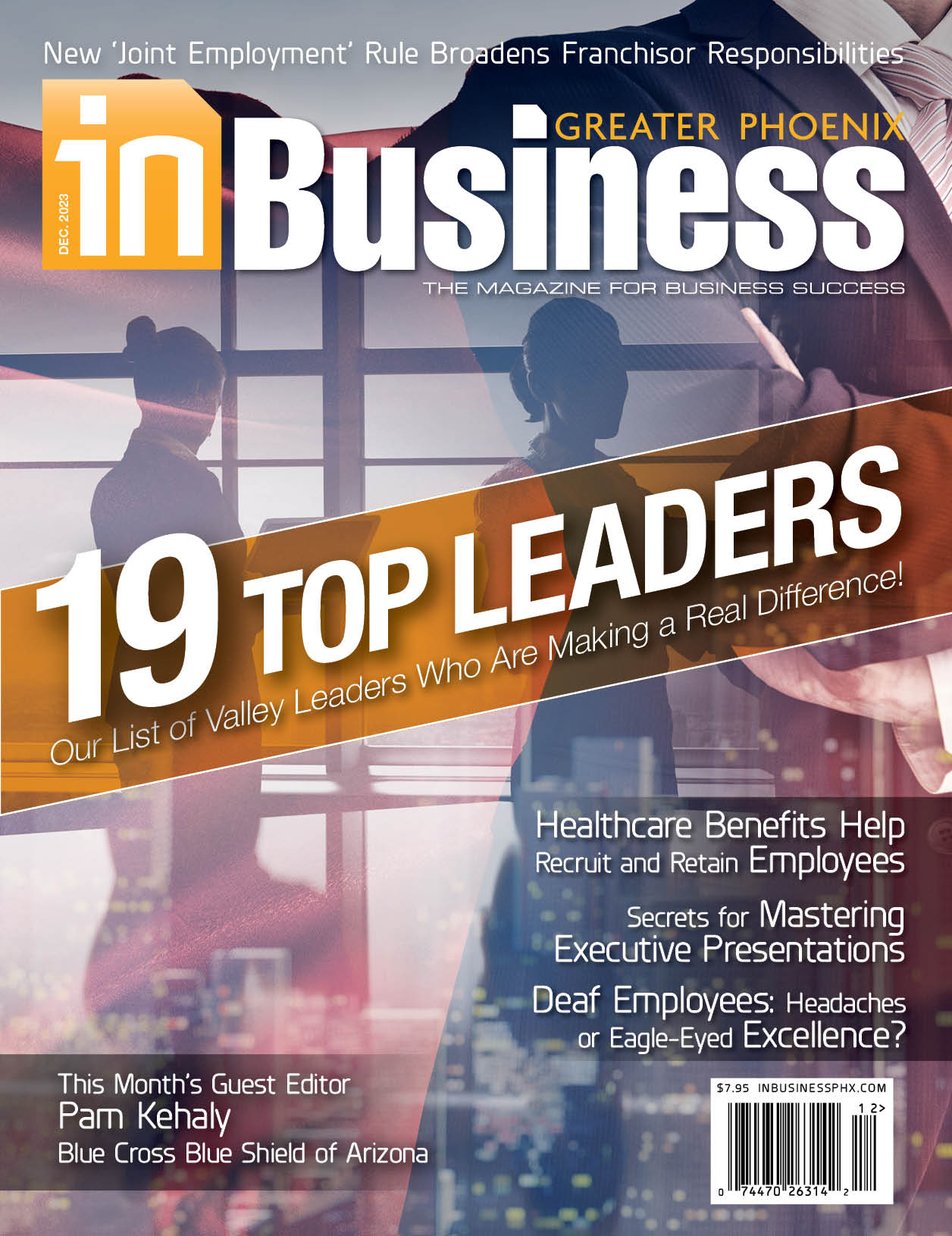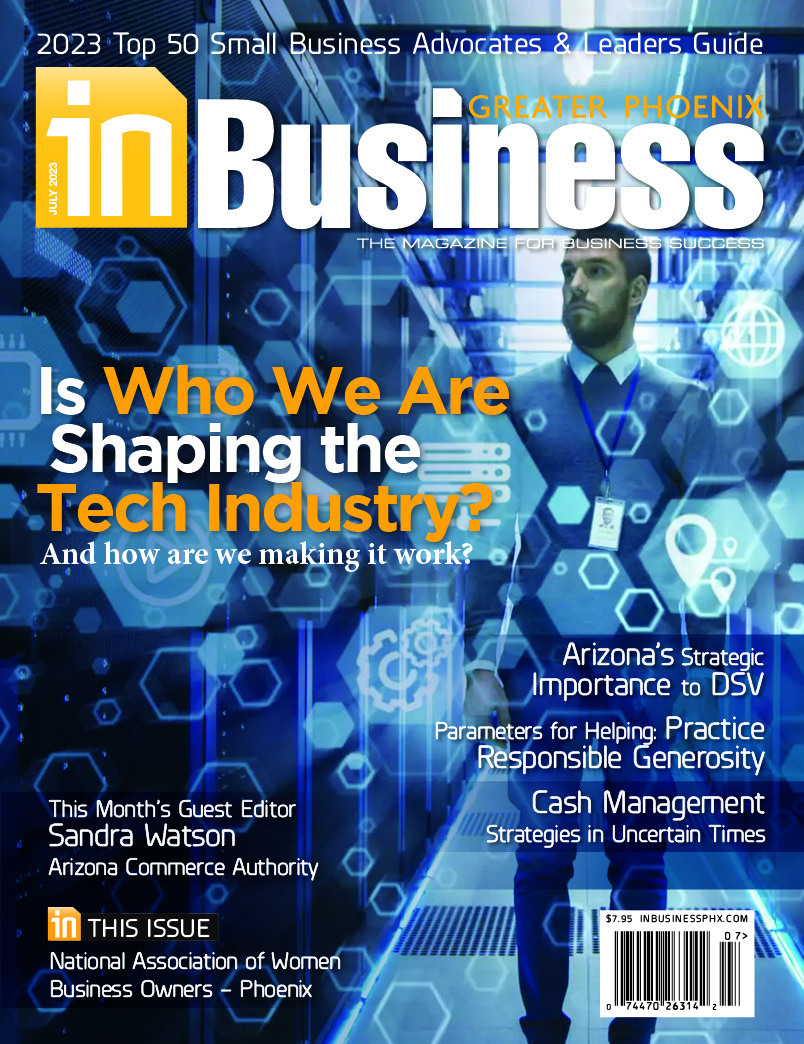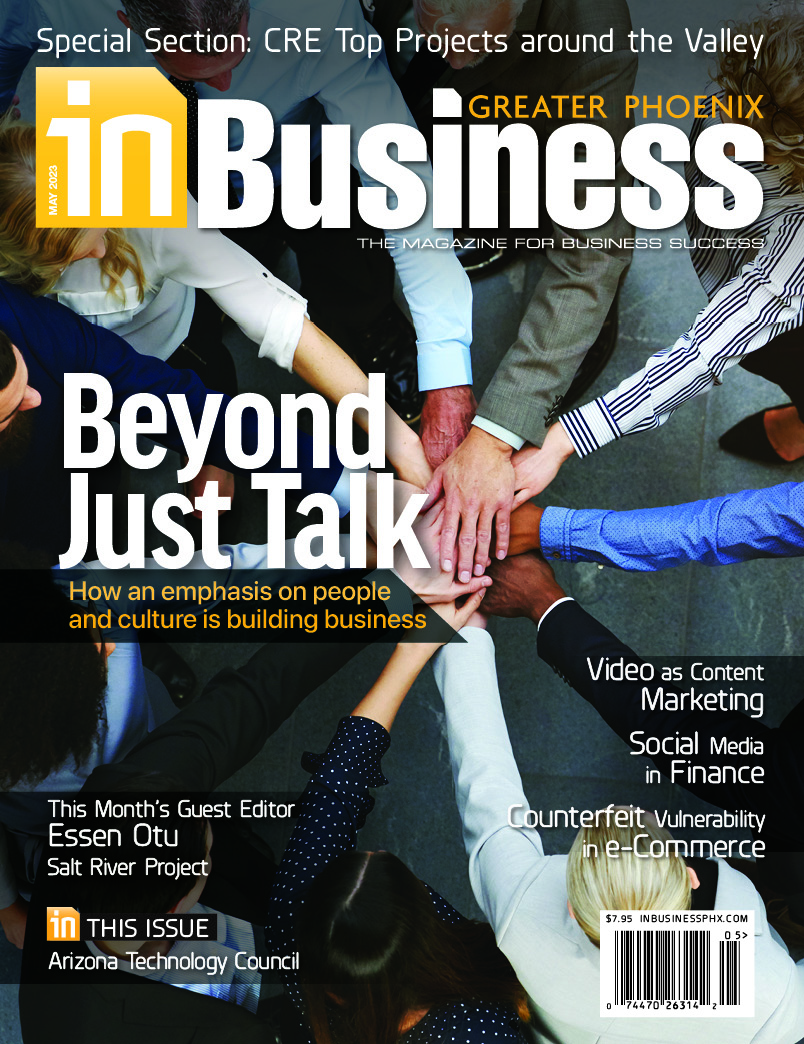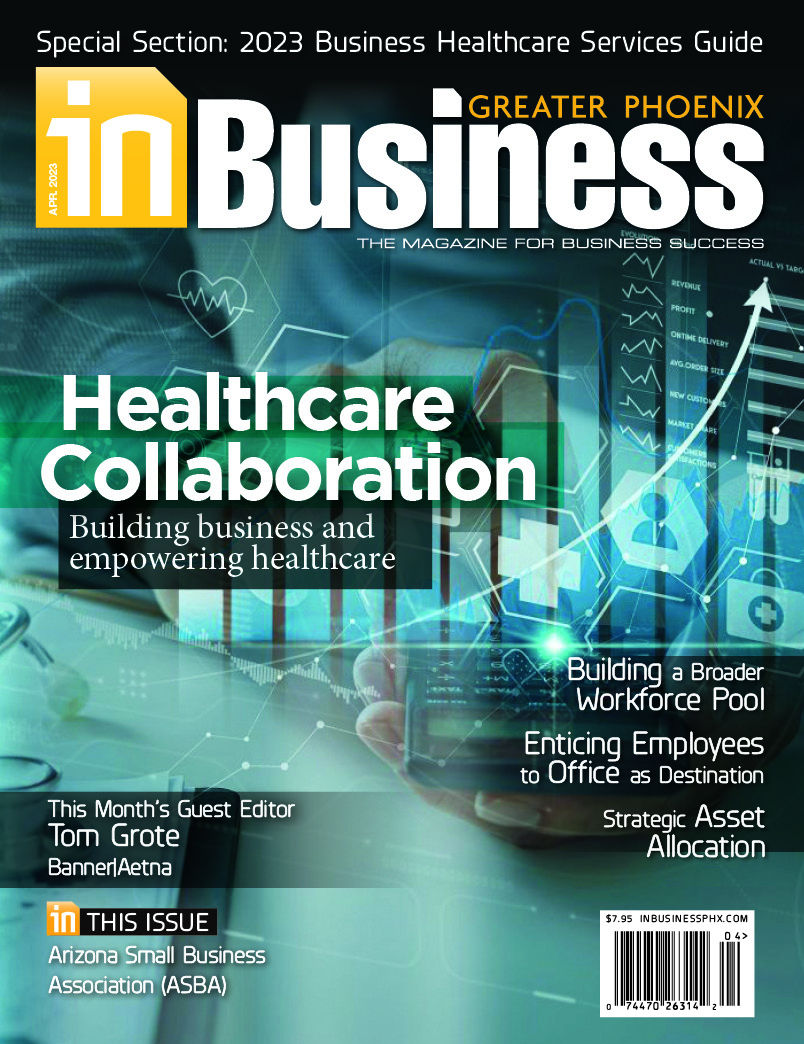
As local and global communities grapple with the immediate and long-term effects of the pandemic, many organizations and businesses are struggling to stay afloat in these uncharted waters. Meanwhile, the nonprofit sector is feeling the severe economic impact of the crisis at the same time that requests from individuals and families they serve are at record highs and growing.
With change as the new normal, it can feel overwhelming to know which direction to take and the digital tools to use when connecting with donors. When the pandemic hit, our organization pivoted from a community-based planning initiative to emergency response. Efforts focused on timely donor outreach, innovative ways to engage in our work and social media, and an invitation to participate in advocacy work. Here’s what we learned along the way.
Connect personally with donors when accessibility is high and an “ask” is not the goal. With many people still working from home and avoiding travel, accessibility to donors has never been greater. Consider a phone or email outreach campaign just to “check-in” on donors. The end goal is not to make a formal “ask,” but rather to make a human connection. Feedback we received from our outreach was extremely positive. A supporter who had received a call shared, “It meant a lot that you took the time to reach out.”
An outreach campaign is the perfect opportunity to communicate current program delivery barriers with donors or grantors and ask for their input on ways to overcome these challenges. Open dialogue will deepen the relationship, discover new ideas and, potentially, lead to funding down the road.
Embrace virtual tools to create new experiences that connect to the work. The current crisis is creating an urgent need for human connection in a time when virtual experiences might be the only option. Investing time in adjusting current volunteer programs or creating virtual experiences will keep donors connected to the organization’s mission and can keep important programs front and center.
For example, nonprofits can push out an email campaign to promote a virtual gifts-in-kind or holiday drive that is set up to deliver items directly to those in need. Or consider emailing personalized selfie-style “Thank You” videos to donors from staff or board members, with a message of gratitude and an update on how their dollars are helping the cause. Other innovative options include virtual tours, Facebook Live discussions and Zoom events focused on education and engagement.
Encourage two-way communication with donors on social media. Utilizing social media in today’s climate is an imperative. Nonprofits can take social media interaction beyond the “like,” “follow” or “share” and ask donors to complete a poll or survey about current needs in the community to learn more about what’s on the donor’s mind.
Also, when posting content remember to tag companies whose interests align. Twitter is known to have a high corporate presence. Staff and board members can use their personal Twitter account as a tool to connect with the broader community and retweet partners’ social posts.
Provide ways for donors to engage in advocacy and public policy. Although it can be a challenge to mobilize people in an age of social distancing, nonprofits involved in public policy can create simple ways for donors to engage directly in its advocacy work and communicate how addressing local and national issues can advance the organization’s mission.
Consider serving as an information hub where donors can access credible information on issues and policy, including a calendar for upcoming events and actions. Use links such as https://cqrcengage.com/unitedway/lookup?0 to connect donors directly with their state and federal delegations.
In this time of uncertainty, focusing on deepening donor relationships will help anchor nonprofits and provide clarity in the storm. Even when problems are complex and the work is difficult, when donor relationships are strong, great things can happen.
Our Virtual Reality Creates New Opportunities
While nothing beats face-to-face donor meetings, the virtual world enables more staff and board members to engage. Involve all staff and board to make donor thank you calls. Empower staff to make quick videos of their work on their phones and email those to donors and volunteers. Strong relationships are built on connections, and in this virtual world, everyone can play a role.
Carla Vargas Jasa is the president and chief executive officer of Valley of the Sun United Way in Phoenix, which partners with businesses, donors, volunteers, nonprofits and others to serve the people of Maricopa County and is among the largest United Ways in the nation.
Did You Know: Valley of the Sun United Way launched the United for the Valley COVID-19 Fund to ensure Maricopa County local health and human services and education nonprofits, as well as schools, receive resources to meet urgent needs. Nearly $3 million was distributed, providing aid to more than half a million individuals and families.














Speak Your Mind
You must be logged in to post a comment.